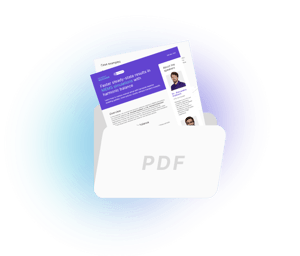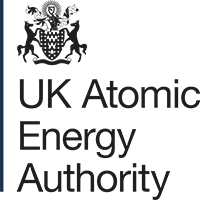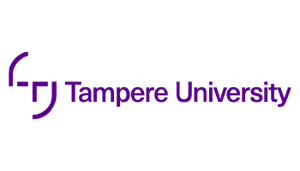Accelerating nonlinear MEMS simulations with the harmonic balance method
See how harmonic balance is leveraged for solving nonlinear periodic problems in frequency domain for quicker, more precise results without transient analysis.
Faster steady-state results in MEMS simulations with harmonic balance
Learn how to reduce manual setup with harmonic balance enabling quicker, more precise results without transient analysis
Webinar key takeaways
- The fundamentals of harmonic balance and its application in MEMS simulations
- How harmonic balance compares with traditional transient analysis, highlighting the time and resource benefits
- Practical demonstrations of harmonic balance in action through three real-world case studies: an electro-thermal heating simulation, a multiharmonic simulation integrating Navier-Stokes with Linear Elasticity (Fluid-Structure Interaction), and a backbone curve of a clamped membrane
- The seamless integration of harmonic balance in our cloud-based FEM multiphysics simulation software Quanscient Allsolve and how it leverages cloud computing to efficiently handle memory-intensive tasks
About our technical speakers

Dr. Alexandre Halbach is our CTO and simulation algorithms expert. He has developed our state-of-the-art multiphysics simulation algorithms and has years of hands-on R&D experience.
%20(1).png?width=388&height=400&name=abhishek%20(1)%20(1).png)
Dr. -Ing. Abhishek Deshmukh has more than a decade of experience in advanced multiphysics simulation research and software development. As the Team Lead of the Application Engineering team at Quanscient, Dr. Deshmukh works closely with customers to understand their challenges and help leverage Quanscient Allsolve to solve them.

Trusted by both industry and academia









Quanscient Allsolve
We'll get back to you within 1 business day.
Request a live demo
In the live demo, we'll
- Explore use cases and workflow integration
- Discuss pricing and value
- Discover features and benefits
We'll get back to you within 1 business day.
